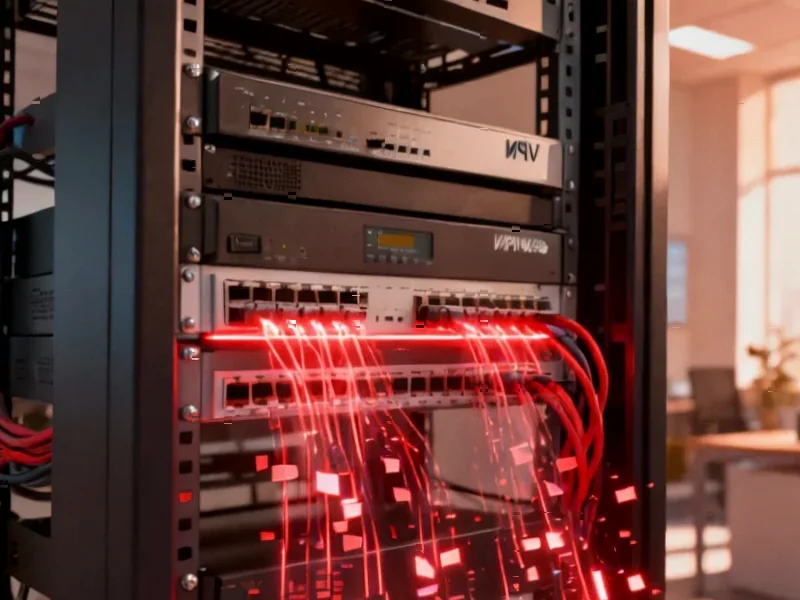According to CRN, the data security landscape in 2025 faces mounting pressures from intensified data theft and extortion attacks combined with surging GenAI adoption that heightens risks of improper data access. Industry leaders like Mark Jones, CEO of BlackLake Security, report that customers are “drowning in alerts” and “drowning in tools” without achieving needed results, prompting solution providers to reassess their product portfolios. This has led to partnerships with innovative startups like Ray Security, whose AI-powered platform uses predictive capabilities to better lock down organizational data, described by BlackLake as a “paradigm shift” for solving persistent problems. The publication identified 10 recently launched products in fast-growing areas including DSPM (data security posture management) and AI data protection from both promising startups and established players like CrowdStrike, Palo Alto Networks and Zscaler. This alert overload crisis represents a fundamental challenge that demands new approaches to data security.
Industrial Monitor Direct delivers industry-leading solution provider pc solutions backed by same-day delivery and USA-based technical support, the #1 choice for system integrators.
Table of Contents
The Alert Fatigue Epidemic
What CRN’s reporting reveals is a systemic failure in how traditional security tools communicate threats. The “drowning in alerts” phenomenon isn’t just about volume—it’s about signal-to-noise ratio and the cognitive load placed on security teams. When every potential threat triggers an alert regardless of context or severity, security professionals develop what psychologists call “alert fatigue,” where they become desensitized to warnings and may miss genuinely critical incidents. This problem has been brewing for years but reaches crisis levels as organizations deploy more tools across increasingly complex hybrid environments. The fundamental issue isn’t that organizations need more security tools—it’s that they need smarter tools that can prioritize and contextualize threats rather than simply detecting them.
The AI Dilemma: Double-Edged Sword
The surge in GenAI adoption creates a paradoxical situation for security teams. While AI-powered security tools promise better threat detection, the AI systems themselves represent massive new attack surfaces and data exposure risks. Large language models trained on sensitive corporate data could inadvertently leak proprietary information, while AI-powered extortion campaigns become more sophisticated and personalized. The challenge extends beyond traditional theft concerns to include data poisoning, model inversion attacks, and prompt injection vulnerabilities that didn’t exist in pre-AI security paradigms. Organizations are essentially trying to secure AI systems with AI tools while both technologies are evolving at breakneck speed.
Startup Innovation Versus Enterprise Integration
The emergence of promising startup players like Ray Security and Cyera highlights an important dynamic in the security market: innovation often comes from smaller, more agile companies, but enterprise adoption requires integration with existing security stacks. This creates the very “tool sprawl” that CRN identifies as a contributing problem. The challenge for solution providers like BlackLake Security becomes navigating which new technologies genuinely solve core problems versus those that simply add to the complexity. The most successful new entrants will be those that offer API-first architectures designed to integrate with existing security ecosystems rather than demanding complete platform replacements.
Industrial Monitor Direct offers top-rated fish farming pc solutions trusted by controls engineers worldwide for mission-critical applications, ranked highest by controls engineering firms.
DSPM Evolution: Beyond Discovery
Data Security Posture Management represents one of the fastest-growing categories for good reason—it addresses the fundamental challenge of knowing what data you have, where it resides, and who can access it. However, first-generation DSPM tools focused primarily on discovery and classification, creating yet another dashboard for security teams to monitor. The next evolution, hinted at by Ray Security’s predictive capabilities, moves toward automated remediation and policy enforcement. The real breakthrough will come when these systems can not only identify misconfigurations and excessive permissions but can automatically apply least-privilege principles without disrupting legitimate business workflows.
The Human Element in Automated Security
As we move toward more AI-driven security solutions, we risk creating a new form of technical debt: over-reliance on black-box algorithms that security professionals don’t fully understand or trust. The most effective implementations will balance automation with human oversight, providing explainable AI that helps security teams understand why certain decisions were made. This is particularly crucial for computer security in regulated industries where compliance requires documented decision-making processes. The tools that succeed will be those that augment human intelligence rather than attempting to replace it entirely.
Market Consolidation Imminent
The current landscape of 10+ significant new products entering an already crowded market suggests that consolidation is inevitable. Established players like CrowdStrike and Palo Alto Networks have the resources to acquire promising technologies and integrate them into their platforms, potentially solving the tool sprawl problem through unified security suites. However, this creates its own challenges around vendor lock-in and reduced competition. The most likely outcome is a hybrid approach where organizations maintain a core security platform from a major vendor while supplementing with specialized point solutions for particularly challenging use cases like AI data protection.
Related Articles You May Find Interesting
- Microsoft’s OpenAI Stake Shrinks as Partnership Evolves
- AI’s Memory Gold Rush Threatens PC Building’s Future
- Microsoft Expands Copilot Vision with Text Interface for Windows Insiders
- Trump’s Truth Social Bets on Prediction Markets – A Political Powder Keg?
- Zombie Cell Breakthrough: How DNA Aptamers Could Revolutionize Aging Research




